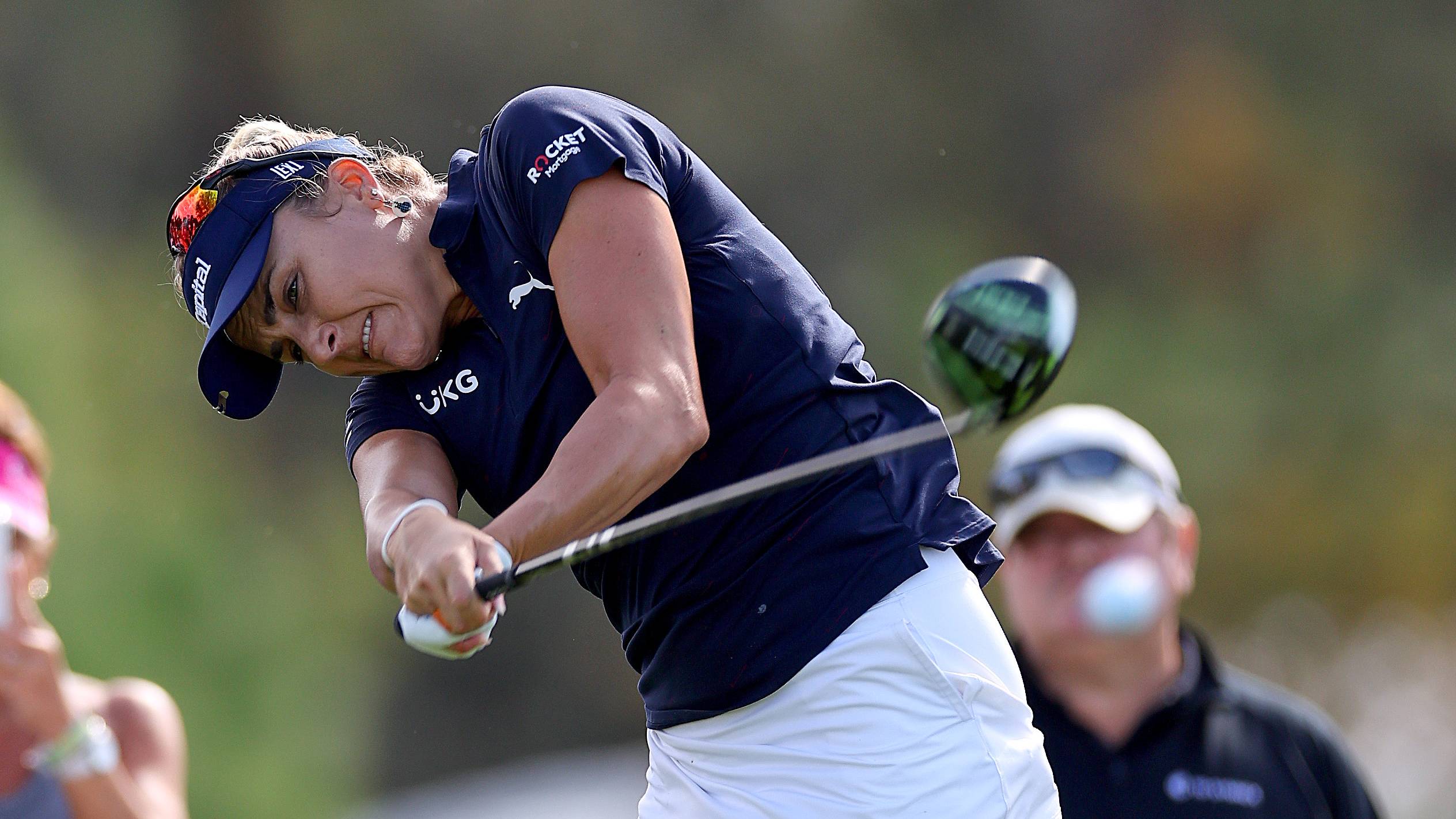
The new universal golf ball rollback means that depending on our swing speed and ability, we’ll all lose a degree of distance with shots from tee to green. So, is this new plan really in the best interest of the women’s game?
The aim is to reduce the impact that increased hitting distances have on golf’s long-term sustainability, which I understand, but female professionals were probably hoping that the rollback Model Local Rule that was proposed in March would be passed, as this was only going to apply to the men’s pro circuit. At that time, there were no golf ball bifurcation plans that would affect the women’s game because there’s still plenty of headroom on the golf courses for the distances female players can hit the ball.
But, following feedback to the PGA Tour that proposal was rejected. From 2028 we’re all in the same boat, and will have to play a new distance-conforming golf ball. A statement released by the USGA and R&A explains that average tour and elite male players are expected to see a reduction of 9-11 yards, with a 5-7 yard reduction for an average LET or LPGA player.

I question the word average when referring to female tour players. What about the big-hitters such as Lexi Thompson, Emily Pedersen, Nelly Korda, Maria Fassi and Anne van Dam, who drive the ball an average 275 yards, which is almost the exact same average driving distance as a young elite male player, or even some PGA pros.
The average driving distance of female tour players has become progressively longer over recent years, and what players and audiences have gained from this progression is the potential excitement and drama that can unfold on risk and reward holes during big events.
As if the Solheim Cup wasn’t exciting enough - remember the 280-yard drivable par-4 1st hole at Finca Cortesin in Spain, which presented a do I, don’t I scenario. I remember the par-4 18th hole at Carnoustie Links during the 2021 AIG Women’s Open. That hole requires two seriously good shots to reach the green in two, while avoiding the Barry Burn. Or, the par-5 18th hole at the Amundi Evian Championship, which has water looming around the green, but offers an outside chance of an eagle.
One player who was clearly frustrated about the pending announcement was LPGA Tour title winner Jenny Shin who commented on X (formerly Twitter) account - “I finally got my 7-iron to fly 152 yards, carry, now they want to roll it back. How depressing. Why can’t men just have different driver heads?
The ability to watch as many of the world’s leading female players as possible execute the most amazing golf shots, is something that we don’t want this new ball to jeopardise. A do-or-die approach in men’s and women’s golf is what makes it so exciting and no doubt helps to inspire the next generation of golfers, which we are continually seeking in the women’s game.
Tournament organisers could move tees slightly forward to create the same risk and reward options, but what’s the point of doing that? Also, this doesn’t help any big-hitting female recreational golfers that might currently enjoy similar personal challenges on holes at their home club, like driving a short par-4.
The change in testing speed is expected to have a minimal distance impact, 5 yards or less for recreational golfers. This is based on research that shows an average swing speed of 93 mph for men and 72 mph for women.
If this is the case, I realise that we’re only talking a few yards, will we even notice any difference? The thing is, distance is what we all strive for, to be able to reach the greens more quickly and easily, so any extra yards we can squeeze out of our shots is invaluable.
For women, driving is often our strength, we can usually hit the ball fairly straight off the tee without too many problems, so the last thing we want is for even a minimal amount of distance to be taken away from us off the tee or from the fairway on a long par-4 or par-5. This game is hard enough, it should be enjoyed, and for some players, especially those in their senior years, a few yards could make a difference in whether or not they can carry the ball across rough to reach a fairway.
We’ve got a few years to digest this before the new ball comes into play, perhaps try and improve our technique to claim back any loss of distance. Personally, I think I need to hone my short game skills, but that’s nothing new!







